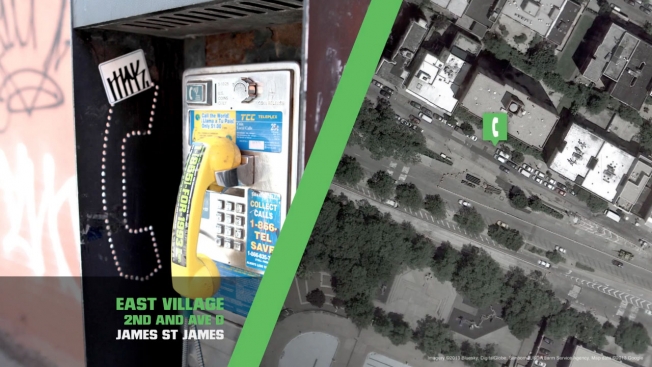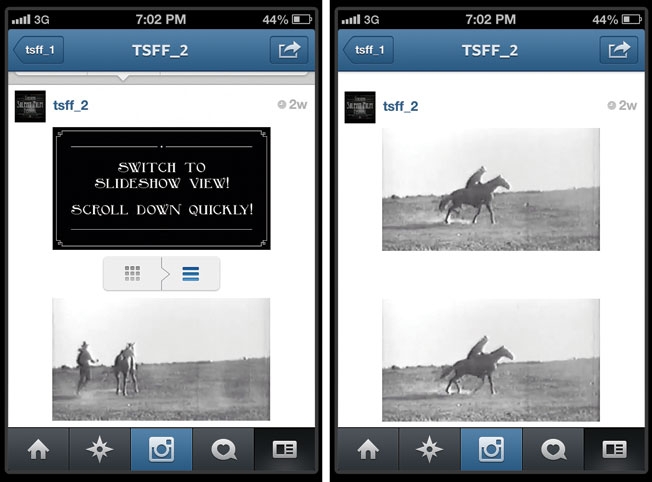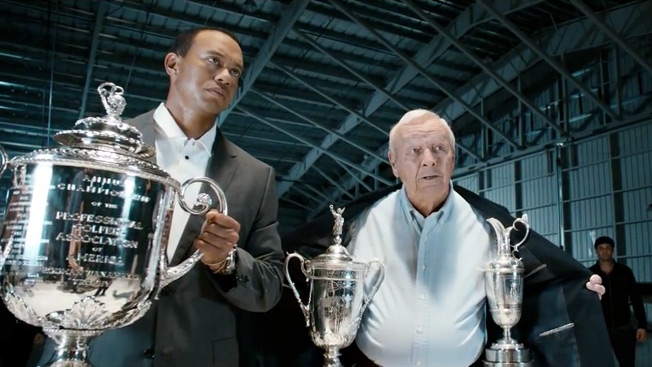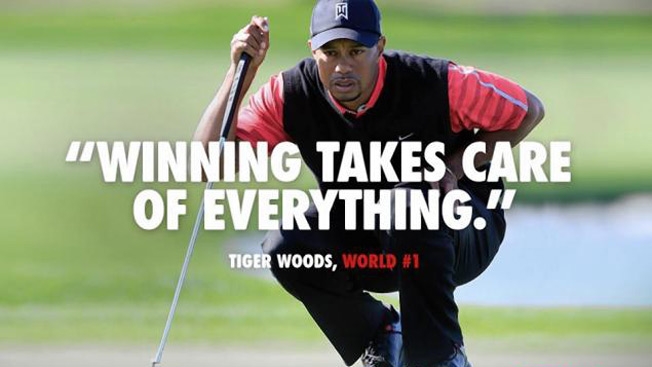![]()
We all know consumers have never been so digitally connected, generating a limitless amount of data as they click, search and scan throughout each day. So it’s no wonder Big Data dominates the conversation in an industry where almost everything can now be empirically validated, brands have the ability to connect cross-channel marketing with buying behavior, and corporate financial execs are more involved in the marketing process than ever before.
This month, WPP Group chief Martin Sorrell publicly addressed the growing influence of data in the marketing recipe—where numbers are no longer about just analysis and insights but also as clients expect more accountability from their agencies when it comes to delivering measurable business solutions. Observing an industry populated by “Maths Men” as well as Mad Men, Sorrell wrote in London’s Daily Telegraph: “Our target customer is no longer just the chief executive officer and chief marketing officer but, increasingly, the chief information officer or chief technology officer along with the chief procurement officer and chief financial officer. Effectively, we are increasingly working in an integrated way with our clients, who are looking for increased efficiency as well as effectiveness.”
Advertisers may not even realize how much data they have at their disposal since so much of it resides outside of their jurisdiction, in areas like customer service, finance, sales and distribution. Identifying that information and discerning its relevance is an urgent priority for leading marketers—who can bet that their competitors are already doing so.
Adding to the challenge, large packaged-goods marketers, understanding the value of all that data, are increasingly keeping it to themselves, creating their own private “trading desks” for information rather than sharing it with their agencies. “Data is only assets if you can make value out of it,” Nick Orsman, international head of data and analytics at Proximity London, tells Adweek. “There has never been more pressure on budgets and clients wanting to achieve more with less. Some of this data is already in their hands—it just needs to be put to use, to turn value out of those assets and use data in a way that is intelligent around content, timing and personalization.”
Proximity should know. At the Data Strategy Awards in London last month, the agency won a Gold for Best Use of Social Media for its Procter & Gamble initiative “Mums on a Mission.” Realizing that mothers no longer swap tips on the school run, Proximity sought to replicate that community via Facebook. Working with Supersavvyme, a P&G Facebook community, the agency created a to-do list app via the social network that produced a solutions database.
Thus, consumers became the media channel themselves, crowdsourcing searchable advice. Rewards came in the form of coupons, which, in the first two weeks, generated 33,000 redemptions for P&G products. Also during that time, 52,872 tips were shared while the average time spent on the site was 18 minutes. Fifty-one percent of visitors were repeat visitors.
Here, more examples of how data is transforming the marketing and media strategies of brands facing three very different challenges.
![]() McCormick
McCormick
A Dash of Data
In the Media Mix
McCormick isn’t just in the seasonings business—it also offers meal inspirations by way of recipe suggestions on its website. With more consumers as budding chefs and Americans developing more of a taste for ethnic and gourmet flavors, that digital real estate has become even more important—and especially so considering that the company is going up against much larger rivals with fatter media budgets and with pure-play sites like that of Food Network thrown into the mix.
“Recipe views, in many respects, are a proxy for a sale,” explains Tony Effik, managing director, media and connections at the brand’s agency, R/GA, New York. “While McCormick is a significant business, it’s generally outspent by competitors, so we had to figure out a way to outsmart them by leveraging data to execute earned and paid media plans. We do media. But we also come up with creative, and data is the thing that holds all of that together.”
In 2012, McCormick spent $43.3 million in media, per Kantar. Compare that to $404 million at Campbell’s Soup. When the agency started working on the account in 2011, McCormick was getting 12 percent of the category’s total unique visitors, per comScore, and rivals outspent the brand four to one. Now, McCormick’s gets 25 percent of that traffic, and with only a minimal increase in the media spend. “What’s closing that gap is creating efficiencies through the use of data,” says Effik.
With its Responsive Media System, R/GA analyzed the online recipes market, seeking out anomalies and undervalued strategies. The agency studied media-spending patterns and set up a series of algorithmic rules across media channels including search, social, real-time media and promoted videos. R/GA then took what it unearthed and applied it to paid search for McCormick’s Lawry’s brand.
McCormick’s and R/GA decided to leverage Lawry’s West Coast heritage in a test using search and Mexican recipes. The agency split Lawry’s media budget between Western states like California (where Lawry’s originated) and the rest of the country. Two data points were key: the clickthrough rate and cost-per-recipe view. The national market did well for clickthroughs. But more interestingly for R/GA was data from the West Coast where the post-click action rate was 20 percent to 60 percent greater than in the rest of the country, prompting it to tailor the media plan geographically.
“That learning allows us to explore the same rule in other channels, so now we can run display advertising in a more focused way on the West Coast if we want to,” says Effik. “We’re thinking about how the budget responds to the market and how we make changes, sometimes in real time, against the dynamics of the marketing using data. Response for us is not whether something succeeded or failed—it’s an opportunity to learn. What we’re learning from search we can apply to other areas of marketing.”
UPS
Logistics Drive
New Business
![]() UPS is a numbers culture that quantifies virtually everything. Its trucks, for example, almost never make a left turn unless they absolutely have to, saving the parcel company millions of dollars each year by eliminating the time drivers have to wait at intersections.
UPS is a numbers culture that quantifies virtually everything. Its trucks, for example, almost never make a left turn unless they absolutely have to, saving the parcel company millions of dollars each year by eliminating the time drivers have to wait at intersections.
The brand brings that same operational rigor to measuring the performance of its communications budget. After Ogilvy won the UPS business in 2009, its direct and digital unit OgilvyOne created a process to track performance metrics and attempt to tie the right proportion of success to specific actions—no easy feat given the longer sales cycles of B2B marketers.
UPS wanted to promote its capabilities beyond just shipping and opted to target small and medium-sized businesses needing help managing across their supply chains. OgilvyOne launched a “We Love Logistics” positioning for the brand whose centerpiece was a new research methodology that matched UPS’ brand-tracking survey to sales.
UPS was able to see what happened to shipping volume among customers who said they liked brand attributes more after seeing an ad. UPS was also able to analyze the sequence of events, beginning with ad exposure, subsequent willingness to take a sales call and purchase. The agency created a dashboard, UPS Live, to put in place tracking mechanisms that let the company see preliminary results of a campaign quickly. The Web-enabled dashboard integrates 81 data sources, supplying 300 metrics covering every channel UPS uses in the campaign.
Dimitri Maex, managing director of OgilvyOne and author of a recent book about data called Sexy Little Numbers, understands why marketers are easily overwhelmed by the barrage of real-time information.
“There’s a lot of dashboard fatigue where every vendor a client talks to will have a dashboard that looks pretty and claims to solve all their effectiveness and efficiency problems,” he says. “The technology around dashboards is great, but technology itself is never going to solve the issue. What is crucial is not the technology—it’s the planning for measurement. Most companies don’t spend enough time on the planning; they go straight to actual measurement, the data source and the tools. You need to have a conversation with all the stakeholders about what you are trying to achieve and then create a hierarchy of marketing and communication objectives, the metrics needed to meet those objectives and the tools for measurement.”
OgilvyOne’s analysis of UPS’ latest global campaign revealed that eight months after its 2010 launch, the ads drove more than 20 percent of incremental shipping revenue among target customers. What’s more, 77 percent of UPS employees said that since the campaign’s launch, they understood that using logistics, aside from pricing, is a driver of new business.
“It’s typical these days because you’re using so many different platforms and channels in your communications. All of them are generating their little pockets of data. The growth in data sources is going be exponential in the next couple of years because there is a lot of fragmentation,” Maex says. “That’s the easy piece, and it’s what everyone talks about in Big Data. But to me, it’s not that interesting. The hardest piece is making sure that what you’re tracking actually matters and ladders up to your objectives.”
Sprint
Harnessing All That CES Chatter
![]() As it evaluated its social media strategy last year, Sprint surmised that it did a good job following consumer buzz on Facebook and Twitter. But the telecommunications brand figured it could do even more to harness the medium’s agility.
As it evaluated its social media strategy last year, Sprint surmised that it did a good job following consumer buzz on Facebook and Twitter. But the telecommunications brand figured it could do even more to harness the medium’s agility.
Digitas proposed a solution, in January activating Sprint BrandLIVE at the Consumer Electronics Show in Las Vegas, combining Sprint’s brand messaging with the real-time responsiveness of a news organization.
Sprint wanted to know which trends would be hottest at the annual tech shindig. The brand has heavily promoted its green identity, so one of the trends Digitas monitored was eco-innovation, for example. (Other topics monitored included technological innovation and mom-centric technology.) The Digitas team followed those trending topics throughout CES; their findings then influenced social media content Sprint would post.
“We took some data points around what people were talking about…and then we took trending from that or what’s being shared at a high rate of frequency, and we ideated around those internally to come up with Facebook or Twitter posts or videos or whatever other dynamic media,” says Eric Korsh, Digitas’ vp, brand content.
The team came up with ideas on the spot, which were either accepted or rejected by the client. Then came more analytics around measurement and optimizing, expanding paid media for topics that were performing well and replacing communications not doing so well.
The result: Sprint achieved 2.1 million uniques and earned 7.5 million impressions over the three days of CES. On Facebook, its CES content generated over 175,000 likes.
Meanwhile, Twitter selected Sprint as one of its #2013CES winners, heralding the brand’s real-time approach as nothing short of “the future of marketing.”
Says Jason Kodish, svp, strategy and analysis at Digitas: “Historically what we’ve done is to use data on the back end of a campaign to understand efficacy and optimize it based on a couple of different factors. BrandLIVE allows us to use data on the front end of the campaign. With real-time marketing, it transforms how we use data from an analytic approach to a strategy involvement. It almost eliminates the need for a lot of the marketing and research that goes on that formulates creative strategy. It allows you to use the real voice of the consumer instead of the simulated voice of the consumer.
“This,” says Kodish, “is where the industry is going.”
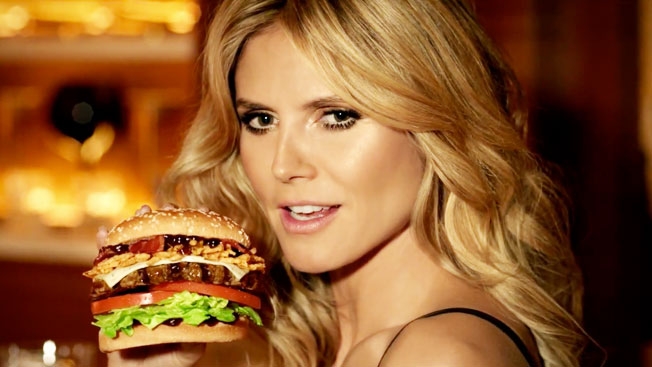
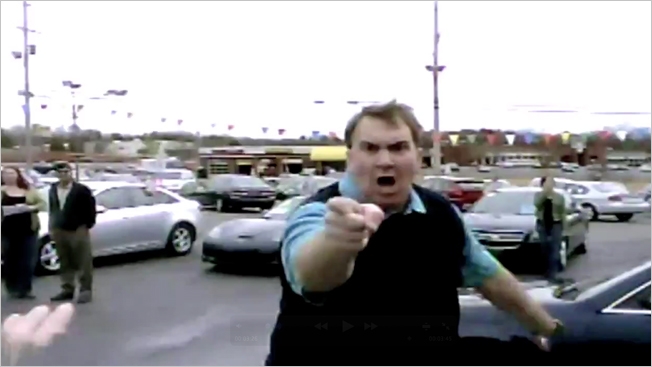
 Coke had created and that they were taking very seriously. We just wanted to take a little air out of their tires on that one. And for this one, there's kind of a hidden-camera-prank movement, on YouTube especially, that we wanted to be a part of. That's what we do. I work on [Comedy Central sketch-comedy show] Key & Peele, and a lot of what we do there is play in the styles or genres of things that have already been established, and find ways to undermine them. It's just playing with people's expectations of conventions.
Coke had created and that they were taking very seriously. We just wanted to take a little air out of their tires on that one. And for this one, there's kind of a hidden-camera-prank movement, on YouTube especially, that we wanted to be a part of. That's what we do. I work on [Comedy Central sketch-comedy show] Key & Peele, and a lot of what we do there is play in the styles or genres of things that have already been established, and find ways to undermine them. It's just playing with people's expectations of conventions.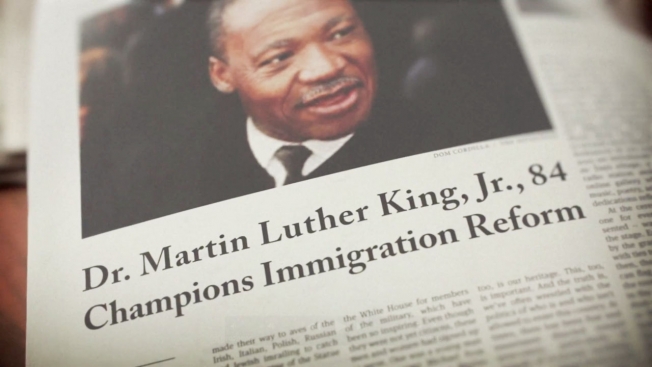
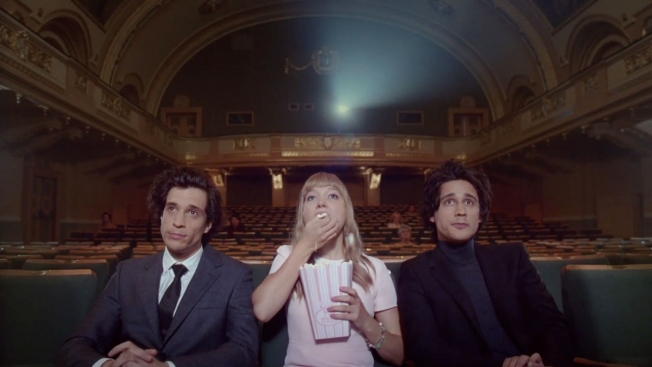
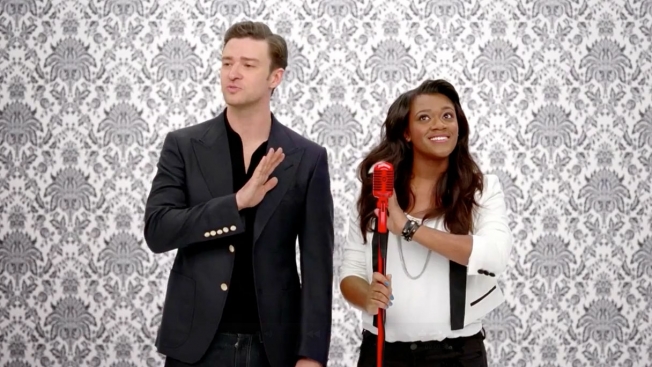



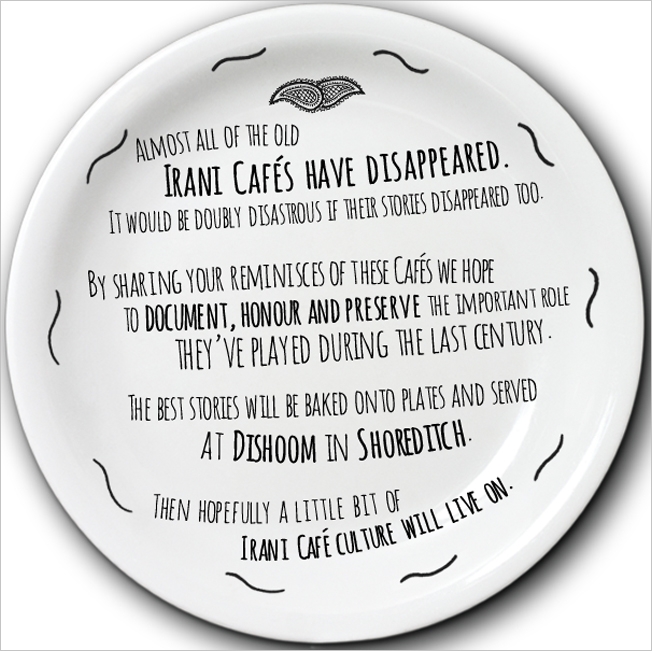












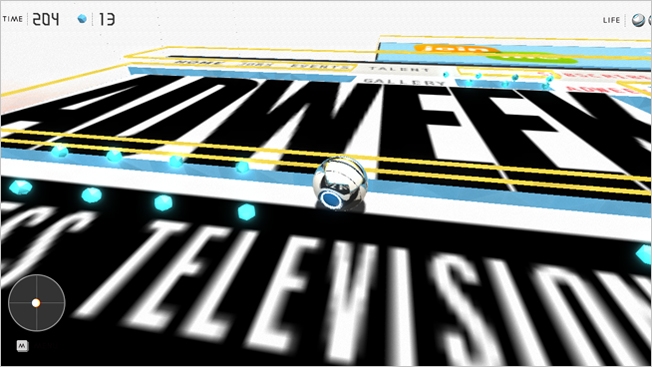
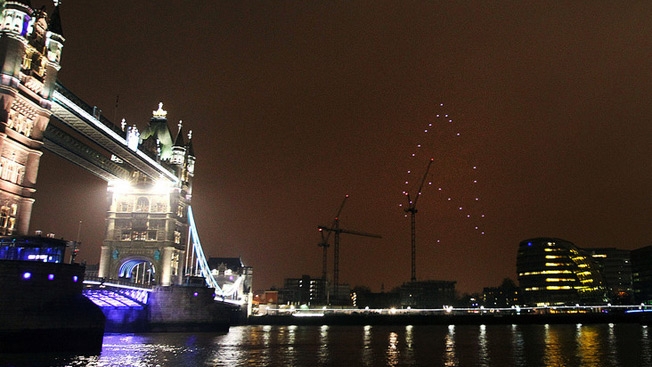
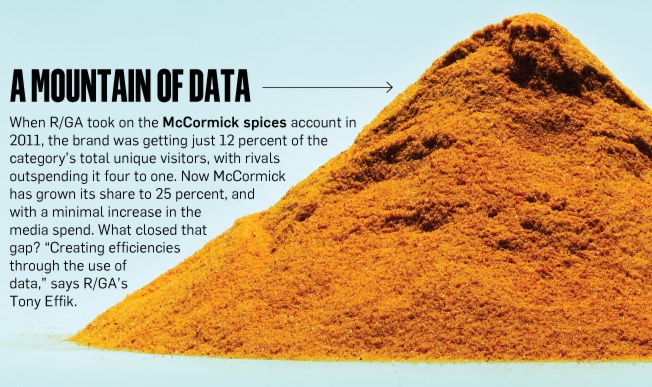
 McCormick
McCormick UPS is a numbers culture that quantifies virtually everything. Its trucks, for example, almost never make a left turn unless they absolutely have to, saving the parcel company millions of dollars each year by eliminating the time drivers have to wait at intersections.
UPS is a numbers culture that quantifies virtually everything. Its trucks, for example, almost never make a left turn unless they absolutely have to, saving the parcel company millions of dollars each year by eliminating the time drivers have to wait at intersections. As it evaluated its social media strategy last year, Sprint surmised that it did a good job following consumer buzz on Facebook and Twitter. But the telecommunications brand figured it could do even more to harness the medium’s agility.
As it evaluated its social media strategy last year, Sprint surmised that it did a good job following consumer buzz on Facebook and Twitter. But the telecommunications brand figured it could do even more to harness the medium’s agility.


